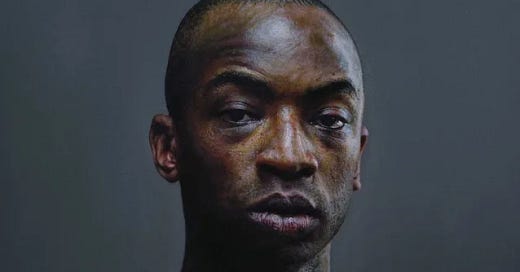Welcome to the Ephemera Newsletter, Anzanga! (Chichewa for “friends”).
August’s first newsletter means the full letter is available to everyone. And firsts of the month are really fun because we get to introduce a new poet! Please give your attention to August’s poet @ Ephemera, Sydney Lea (Link takes you to his dedicated page within Ephemera). We presen…
Keep reading with a 7-day free trial
Subscribe to Ephemera to keep reading this post and get 7 days of free access to the full post archives.


